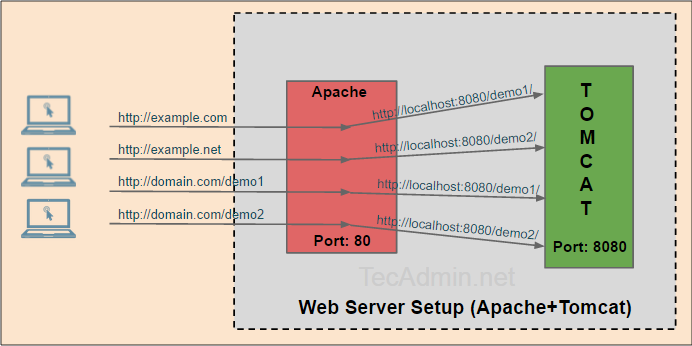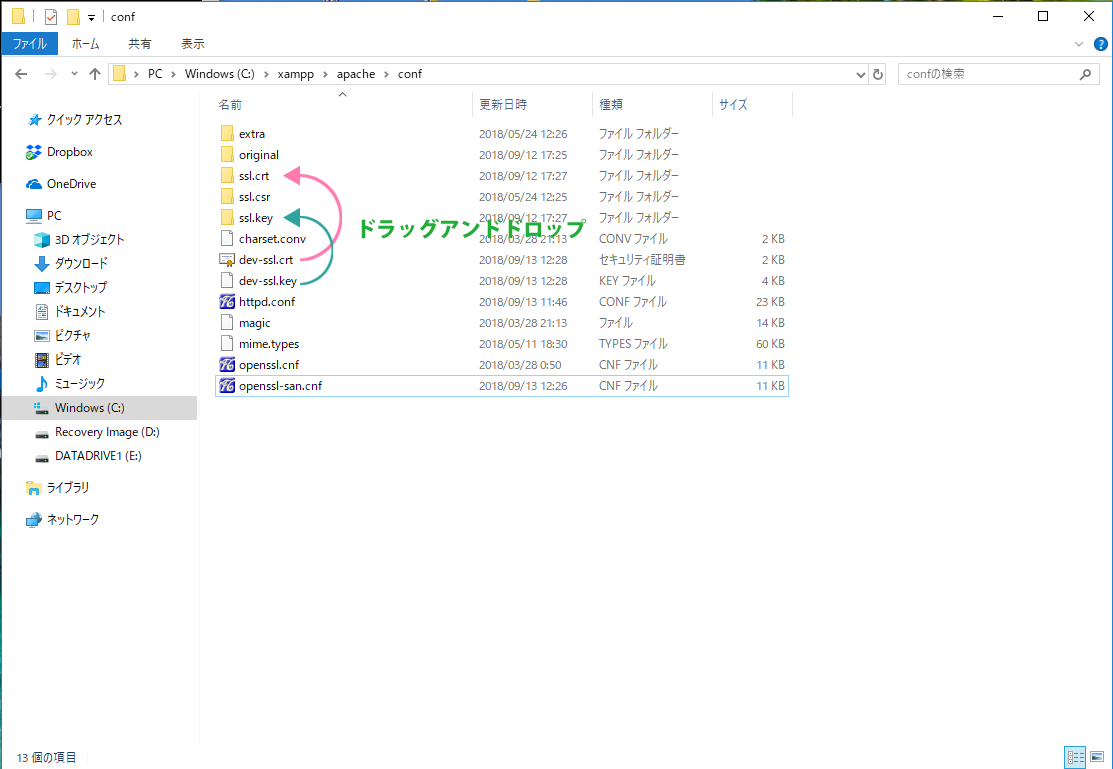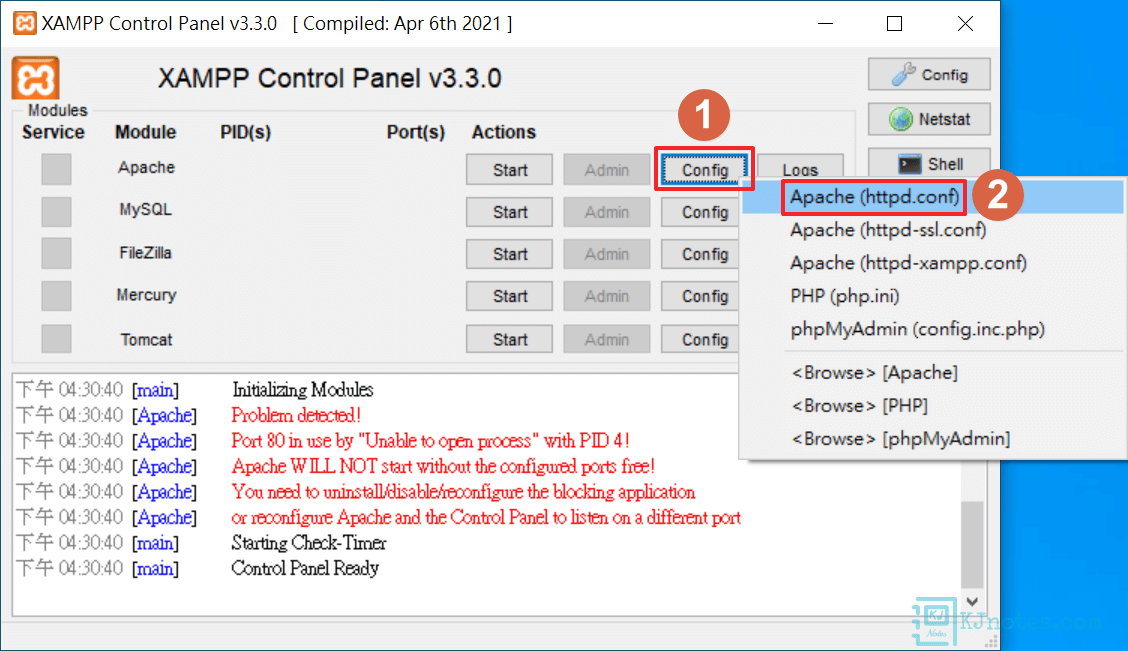

ProxyPass connectiontimeout=5 timeout=300 SSLCertificateChainFile /opt/lampp/etc/ssl.crt/1_root_bundle.crtĬustomLog "logs/-access_log" common SSLCertificateKeyFile /opt/lampp/etc/ssl.key/private.key SSLCertificateFile /opt/lampp/etc/ssl.crt/2_ #ServerAlias DocumentRoot "/opt/lampp/htdocs/" the WBE extension from the Internet, you should deploy a reverse proxy in your DMZ before the. I created a Cert on StartSSL that contains and ISP :īlocked port 80 / on router forwarded 8083 and 443 to my server and Apache2 web server, as part of the XAMPP package. I dont know if i can do a forward from http to https on zoneedit but i cant i would want something like -> or forward to (which in turn would redirect to https) I would create URL forward with simple names that would point to reverse proxy URL.

HTTP to HTTPs.basically you type and you are redirected to. Alternatively, Nginx has better performance as a Proxy server, so if you are not bounded with Apache, go with the Nginx proxy server.Im trying to figure what must i do to my conf file in order to sort out ssl.
Xampp ssl reverse proxy how to#
Now that you know how to set up Apache Reverse Proxy for your Node.js application, you can rest assured that your application will be accessible to anyone who wants to access it. We also discussed why it is important to configure Nginx in such a way and how you can do so. In this blog post, we discussed why you need to set up reverse proxy and how you can set up Apache Reverse Proxy for your Node.js application. Accessing Node Application via Apache Reverse Proxy Conclusion

If everything is configured correctly, you should see the Node application. Now, access your domain name in a browser. The Apache reverse proxy server is configured to accept requests to send them to the backend Node application. # Debian based system's sudo a2ensite sudo systemctl restart apache2 # Redhat based system's sudo systemctl restart httpd Step 4 – Verify Setup # Debian based system's sudo nano /etc/apache2/sites-available/ # Redhat based system's sudo vim /etc/httpd/conf.d/Īfter creating the configuration, restart the Apache webserver using the following command. Create a virtual host configuration file for your domain under /etc/apache2/sites-available/ directory.

Now, start configuration with the Apache web server. sudo a2enmod proxy proxy_http Step 3 – Configure VirtualHost in ApacheĪs you have configured and run a Node.js demo server. LoadModule proxy_http_module modules/mod_proxy_http.soįor the Debian-based systems use the following command to enable the Proxy module with Apache. LoadModule proxy_module modules/mod_proxy.so If you don’t have enabled edit your Apache configuration /etc/httpd/conf/nf or for Apache 2.4 /etc/httpd//nf file and uncomment the following lines or put them in the file. This module is enabled in Apache for users who installed using rpm packages.
Xampp ssl reverse proxy install#
sudo apt install apache2 # Debians based systems sudo dnf install httpd # Fedora & CentOS 8Īfter installation of the Apache web server, you must have enabled the Proxy module. Apache packages are available under default repositories on almost operating systems. The Ubuntu and Debian-based systems use apt, Fedora and CentOS/RHEL 8 use DNF, and CentOS/RHEL 7/6 use yum. Now install the Apache web server using the default Package manager. You will see the result below: Accessing Node Application on Port Step 2 – Installing Apache node myapp.js &Īnd access this in the browser. Let’s start the Node.js application in the background. Your Node application is ready to serve on port 3000. Then, add the following content in the JavaScript file. So it will be easier to understand for you. For the demonstration purpose, I am creating a sample web application on Node.js and running on port 3000. We assume you are running your application on port 3000.


 0 kommentar(er)
0 kommentar(er)
